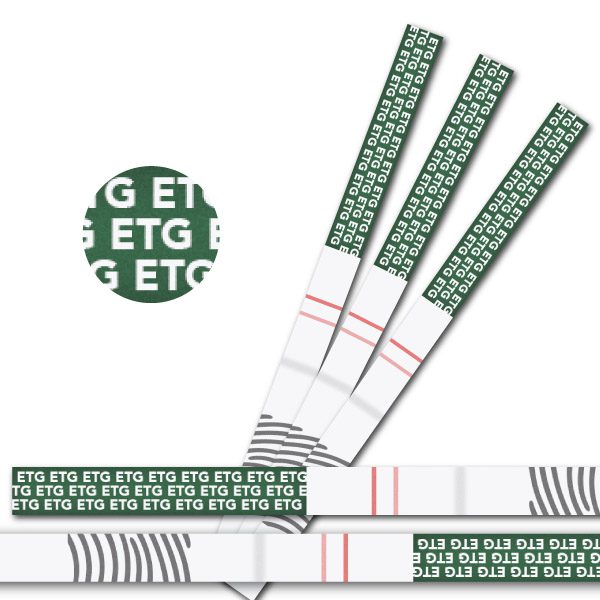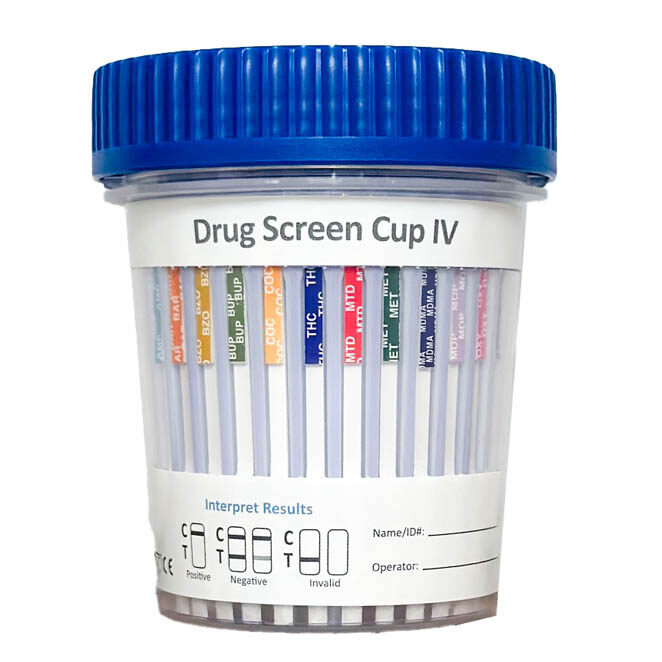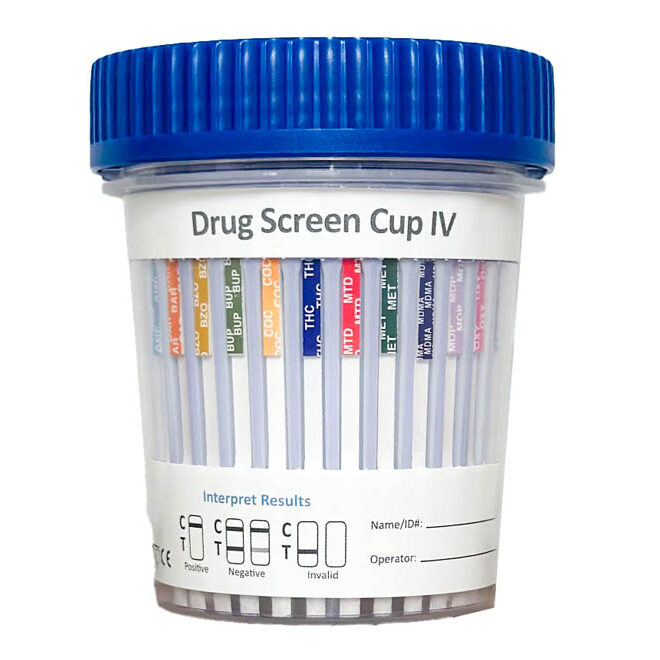Alcohol Test Strips (ETG Test Strips)
Ensure safety and peace of mind with our reliable Alcohol Test Strips. Designed for quick and accurate detection, these strips are perfect for use in various settings such as workplaces, and personal testing.
Features:
- High Sensitivity and Accuracy: Our test strips provide precise results, detecting alcohol levels quickly.
- Easy to Use: Simply dip the strip into the urine sample, and within seconds, you’ll have a clear, easy-to-read result.
- Fast Results: Get results in under 2 minutes, making it ideal for on-the-spot testing.
- Convenient Packaging: Compact and portable, each strip is individually wrapped to ensure freshness and reliability.
- Wide Detection Range: Capable of detecting various levels of alcohol concentration, ensuring comprehensive testing.
Stay safe and informed with our Alcohol Test Strips – your trusted partner in alcohol detection.
Why Choose a Alcohol Test Strip?
- Cost-Effective: Drug test strips are generally less expensive than drug test cups, making them a more budget-friendly option, especially for large-scale testing.
- Ease of Use: Test strips are simple to use and require minimal training. They involve dipping the strip into a urine sample, which is straightforward and quick.
- Discreet and Portable: Strips are small and portable, making them easy to store and transport. They can be used discreetly in various settings, including at home, workplaces, and clinics.
- Quick Results: Drug test strips provide rapid results, often within a few minutes, allowing for timely decision-making.
- Minimal Waste: Test strips generate less waste compared to test cups, which is beneficial for the environment and reduces disposal costs.
- Versatility: Strips can test for multiple substances simultaneously, similar to test cups, and are available in various panel configurations to suit different testing needs.
- Reduced Tampering Risk: With proper supervision, the use of test strips can reduce the risk of sample tampering, as the testing process is more transparent and less complicated.
Usage Instructions:
- Collect a urine sample in a clean container.
- Dip the Alcohol Test Strip into the urine sample for a few seconds.
- Remove the strip and lay it flat on a clean, non-absorbent surface.
- Wait for the indicated time (typically a few minutes) for the results to appear.
- Read the results according to the provided guidelines: a single line indicates a positive result, while two lines indicate a negative result.
How ETG is Abused:
ETG itself is not a substance of abuse, but it is important in the context of monitoring alcohol consumption. However, attempts to manipulate or circumvent ETG testing can be seen as forms of abuse:
- Dilution: Drinking excessive amounts of water or other fluids to dilute urine samples, potentially lowering the concentration of ETG and other metabolites.
- Adulteration: Adding substances to the urine sample to interfere with the detection of ETG.
- Timing Consumption: Trying to time alcohol consumption in such a way that ETG levels fall below detectable levels by the time of the test.
- Substitution: Providing a urine sample from another person or using synthetic urine to avoid detection of ETG.
ETG testing is particularly useful in settings where abstinence from alcohol is required, such as in certain employment situations, legal conditions (e.g., probation), or treatment programs for alcohol dependence.
Additional information can be found here.




